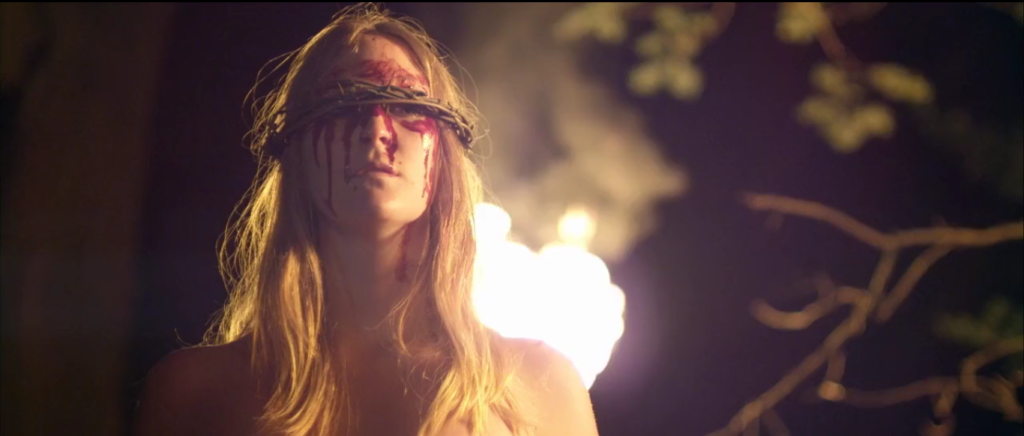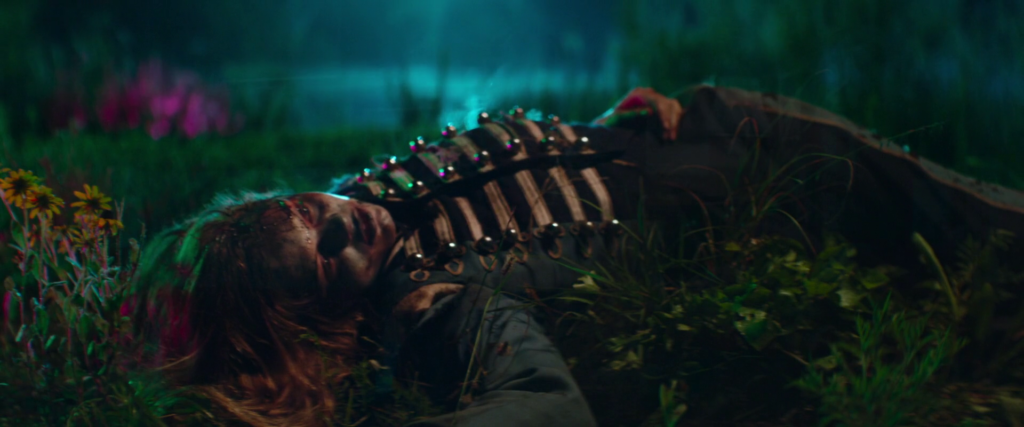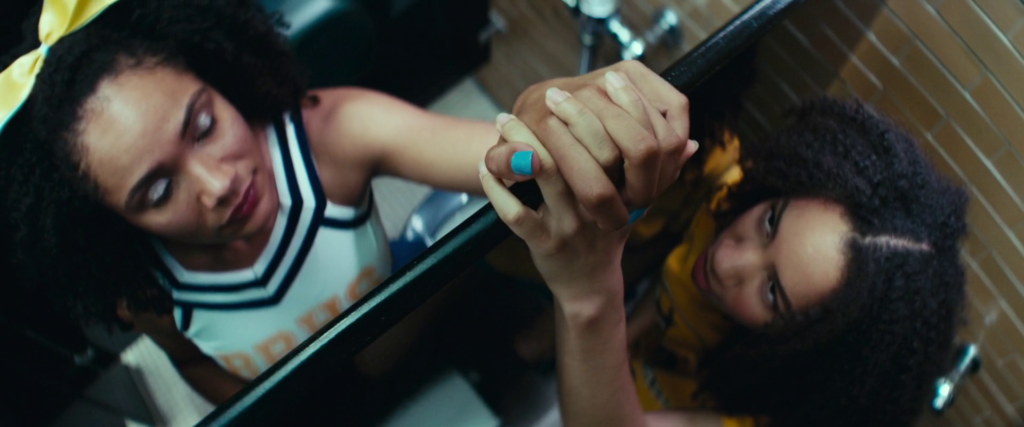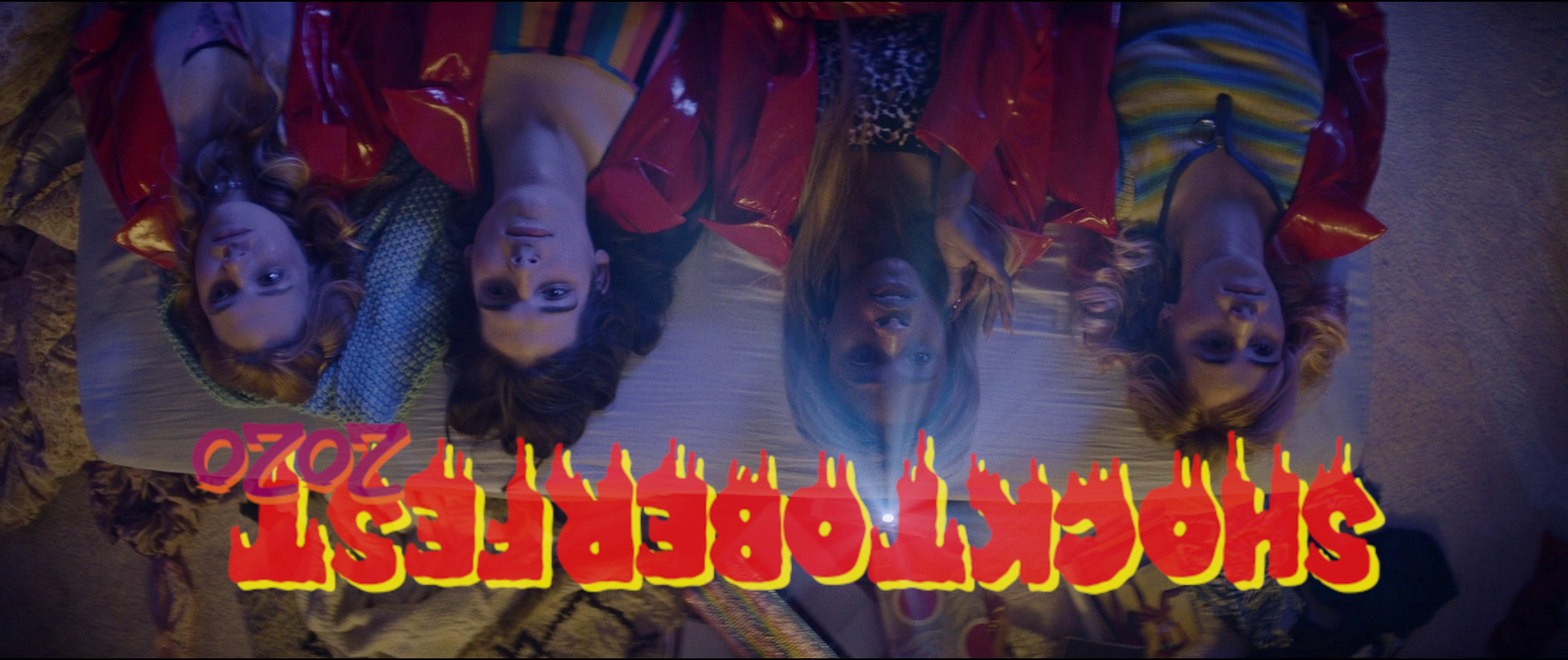Dear Past-Mike,
So much has happened in the world since you wrote to me in mid-September! Suffice it to say that life is still overwhelming, and our limbic systems are overburdened. The effects of long-term exposure to stress can lead to real changes in brain functionality and behavior. People can exhibit bizarre behavior and may become more susceptible to addiction and depression. Lucky for us, we have been dealing with those issues successfully for quite a while!
It is important to continue maintaining our schedule of meetings, doctor and therapy appointments, and to take our medications as prescribed. It is also important for me to watch as many horror movies as possible, as long as that does not interfere with my responsibilities and relationships. Horror has been found to have some unique, healing benefits that are useful in these stressful times. For all of the pulse-pounding scares, horror movies are a source of comfort and healing. When we identify with the survivors of horror films, we can switch our narrative from one of victimhood to victory by finding our “personal patron saint(s) of healing.” (Source)
There is another therapeutic aspect of horror that buoys me up: horror films are works of art! On his October 3rd show, John Oliver said, “In moments of suffering, humanity finds solace in the arts.” Twice this week, I found this to be true as I watched movies that caused my eyes to well up in joy and broke my heart to grow it bigger and stronger.
I revisited four movies this week in an attempt to diagnose the source of our current ailing zeitgeist. The answers were varied. One movie says that we, as individuals, are our own problem. Another pointed the finger at how rotten other people can be, especially when they get together and egg each other one. The third hints that a hidden cabal of evil wizards is intent on destroying the world. The final film suggests that no one really knows what they are doing. Perhaps the answer is in seeking to understand instead of trying to be understood. This was also a vampire-free week, except for Polidori’s unfavorable perception of Lord Byron as one. Let’s start there!

29) Gothic (1986) – Even though he’s not known as a horror filmmaker, Ken Russell’s movies are so out there visually that they could be their own sub-genre. Take a look at the restored version of The Devils to get an understanding of what “Holy fucking Christ!” actually looks like. In 1816, poet Lord Byron and his physician, Dr. John Polidori, were visited by fellow poet, Percy Bysshe Shelly, his lover Mary, and Mary’s stepsister Claire (Gabriel Byrne, Timothy Spall, Julian Sands, Natasha Richardson, and Myriam Cyr) on a rainy summer night for laudanum induced, mass psychotic break where their individual phantasms became flesh.
Russell’s film vividly displays their desperate struggles to put the djinn back into the bottles of their destabilized minds to save themselves from guilt, shame, and madness. There is also a lot of “eyes for nipples” fetishization. Plus, Mary Shelley’s Frankenstein was birthed that night, and Dr. John Polidori created the vampire as the romantic and aristocratic predator we have come to revere.
30) Assassination Nation (2018) – Writer-director Sam Levinson’s movie falls short of the greatness it aspires to. That still makes it a damn good Saturday night flick. There are plenty of awesome action sequences, lots of spilled blood, murder, mayhem, and gun battles, coupled with amazing camera work.
The story of Lily (Odessa Young) and her friends inadvertently getting caught in the middle of city-wide internet scandal swings at many hot-button topics such as classism, toxic masculinity, homophobia and transphobia, guns, jingoism, sexism, mob mentality, hypocrisy, and much more, but doesn’t quite connect with all of them. This incredibly complex mixture boils over and explodes into a night of bloody and fiery conflict. As the girls march toward the final confrontation with Salem’s upright citizens, Lily makes the observation that the real cause of all this bloodshed is the townspeople’s self-righteous hypocrisy and fear of exposure. It is a powerful point, and Assassination Nation leans heavily into the perspective that mean people do terrible things when they become empowered.
Despite the fact that the film tends to overstate its messages, there is a lot to consider. But the ecstatic vision of the final shot is not to be missed. The rising sun peeps over the shoulder of a majorette as she gracefully twirls her batons, and a marching band parades between the smoldering cars and bloodstained pavement from the night before while the end credits roll.

31) Kill List (2011) – I have watched Ben Wheatley’s puzzle box of a movie a dozen times in the last decade and still find new elements to ponder. This is my number one recommendation whenever people ask what movie to watch. Seriously, go watch it and hit me up for a discussion. A pair of ex-private military contractors accidentally pull back the curtain which hides the dark magic that runs the world. We truly are all in the service of evil wizards seeking to immanentize the eschaton.
32) Knives and Skin (2019) -This was my favorite film of 2019. Like the Kill List, this film will require multiple watches to parse its messages and meanings. Knives and Skin is a Lynchian portrait of a small town thrown into turmoil by the disappearance of 15-year-old Carolyn Harper (Raven Whitley). Writer-director Jennifer Reeder tells the stories of the ones left behind and their evolving visions of themselves. She illuminates their vast changes in the gradients between the pink and green dreamscapes of teen girl bedrooms and high school classes and hallways’ harsh lights.

As a parent who has lost a child, it is easy to identify with Carolyn’s mother (Marika Englehardt). She restlessly searches for her daughter’s remaining impressions, objects that bear her scent, items she may have touched, to reconnect with her. This reminds me of my own experiences after Natasha died. There would be these unpredictable moments when my senses or dreams perceived her, followed by the realization that she was gone. They are painful blessings. My wife calls them time bombs because we never know when they will go off, but they always take me back to her, then take her away again. There was comfort in watching Englehardt’s performance as she became my personal patron saint of healing.
But all that aside, the most emotionally rewarding parts of Knives and Skin are the glorious, acapella versions of 80’s songs sung by the cast. There is relief, peace, and repose in these beautiful melodies. The cast’s pure voices soar and twine together to make something ethereal and impactful. It reminds the viewers that they may be hurt and bewildered, but there is beauty to give solace, if we can find it.

I am always curious about what the readers are watching and would love to hear more about their relationships to the films they choose.

